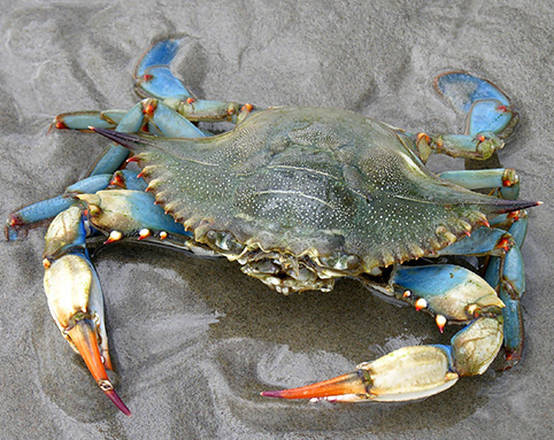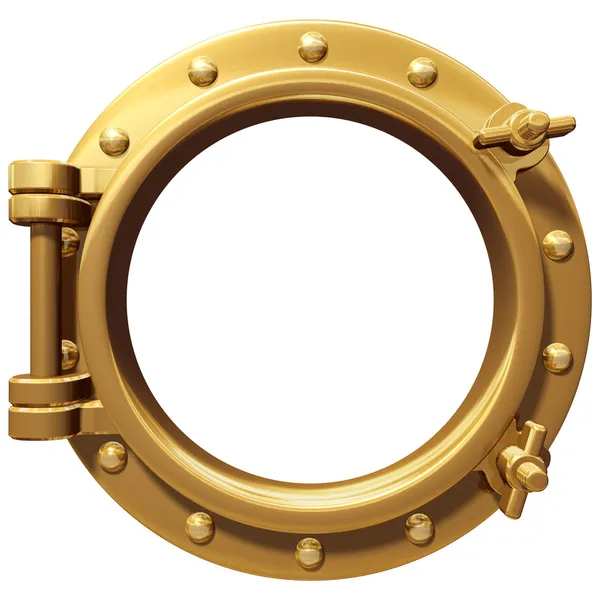Blue crabs are a species native to the Atlantic coasts of the American continent which in recent years has colonized the Italian waters of the Mediterranean and which has never inhabited our seas.
Why did it happen? The Italian seas are the ideal habitat for the blue crab where it can find food in abundance and in the absence of predators and where it can therefore profile with great ease (a female specimen can lay up to 2 million eggs a year). However, these crustaceans represent a great threat to our marine ecosystems to the detriment above all of mussels and clams (easily killed by the crab’s claws) and to fishing activities, as they end up in the nets during hunting trips to the detriment of other species.

To help our seas and limit their uncontrolled invasion, funds and measures are being allocated through the government. But – even if a little-known species on our tables – one of the most effective ways to control this invasion could be represented by the role of gastronomy on our tables.
Indeed, blue crab has a sweet and delicate flavor, rich in soft flesh and abundant and delicious roe similar to caviar – the opposite of homegrown crabs. Many restaurateurs, chefs, cooks and food bloggers are taking advantage of and continuously offering video recipes on their social channels, educating the consumer how to cook and taste them by frying, boiling or making tasty soups.
Could this be the best solution?







